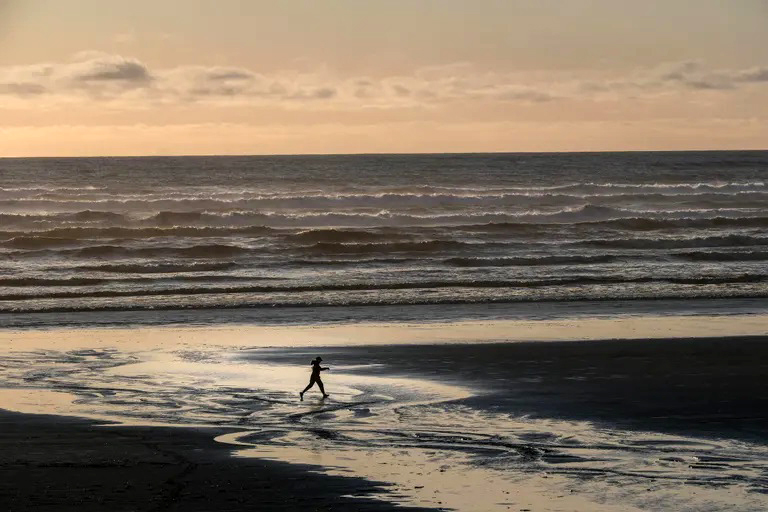The Pacific Northwest breathed a collective sigh of relief as a recent tsunami, initially posing a significant threat, largely dissipated before making a substantial impact along the Washington coast, sparing densely populated areas from widespread devastation.
While the broader ocean expanse experienced minimal disruption, initial reports did indicate localized damage and minor flooding within the sparsely populated, immediate vicinities closest to the tsunami’s origin. These isolated incidents, though concerning, were contained and did not escalate into major humanitarian crises.
Remarkably, the much-anticipated surge of water along the expansive Washington coastline proved to be inconsequential. Crucially, emergency services confirmed no serious injuries or fatalities were reported across the state, a testament to effective early warning systems and natural mitigating factors.
Despite the limited impact of the initial waves, emergency management officials maintained advisories regarding strong currents. These underwater phenomena continued to pose a potential risk to marine activities and nearshore safety, underscoring the dynamic nature of coastal environments even after a primary threat subsides.
One pivotal factor in the tsunami’s diminished force was the unique interplay of oceanography, particularly the specific bathymetry of the Pacific basin and the angle at which the waves approached the continent. These geological and hydrographic conditions effectively diffused the immense energy of the tsunami across vast stretches of the ocean, preventing a concentrated impact.
Equally critical was the precise timing of the tsunami’s arrival along the Washington coast. The oceanic waves reached the shoreline during a period when tidal waters were already at their lowest ebb for the day. This natural low-water mark provided an inherent buffer, further reducing the potential inundation and mitigating the destructive power of the incoming surge, a key aspect of natural phenomena influencing coastal safety.
This outcome stands in stark contrast to previous events, such as the severe flooding experienced in Seattle’s South Park neighborhood during the winter of 2022. That incident, which saw a king tide converge with torrential rains and an extreme low-pressure system, resulted in significant property damage, impacting at least 13 homes and necessitating evacuations, highlighting how different meteorological and tidal conditions can exacerbate even moderate oceanic events and underscore the importance of robust emergency preparedness.
Confirming the minimal impact, Karina Shagren, spokesperson for the Washington Military Department, communicated that no significant damage had been reported across the state. Furthermore, no communities had formally requested assistance, indicating the effective containment of the event. Consequently, the National Weather Service, recognizing the diminished threat, officially canceled its tsunami advisory for Western Washington by mid-morning, signaling a return to normal conditions for the region and reinforcing the success of coastal safety measures.






Leave a Reply